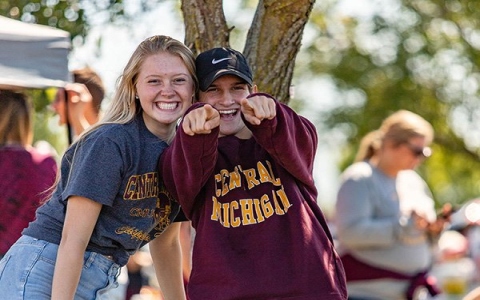So, I’ve been digging into this whole CMU Chippewas mascot thing, and let me tell you, it’s been a bit of a journey. I’ve always been curious about the stories behind college mascots, you know, the history and why they chose what they chose.

First, I started by just doing a general search online. Just trying to get a feel for what people were saying about it. I found some articles and some forum discussions. Some mentioned that “Chippewas” thing has been used since 1942. Pretty long history, huh?
Then I dug a little deeper into the history of the name “Chippewas.” Apparently, it’s connected to the Saginaw Chippewa Indian Tribe. Many members of this tribe live on tribal land right there in Mount Pleasant, where Central Michigan University is. That makes sense, connecting the university to the local community and its heritage.
Next, I looked into how the university uses the name. I found their official athletics page, which talks about the teams and their connection to the Chippewa name. They emphasize using it “out of pride,” which I thought was pretty cool. Not just a random name, but something with meaning.
I also stumbled upon some information about a former track and field coach, Lawrence Sweeney. It seems that back in the day, he suggested changing the nickname from the Bearcats to the Chippewas. I guess the student council was on board, and that’s how it all started.
- Found some mentions of opportunities offered by both CMU and the Saginaw Chippewa Indian Tribe.
- They’re all about helping people learn more about the tribe’s traditions and culture.
- That’s definitely a good thing, promoting understanding and respect.
Finally, I compared this to other college mascots. Some are just animals or, like, mythical creatures. I realized that the Chippewas name is more than just a mascot, which is kind of unique. It’s tied to a real group of people with a rich history and culture, right there in the same area.
So, yeah, that’s basically my little exploration of the CMU Chippewas mascot. It was definitely more interesting than I initially expected. It’s not just a name; it’s a connection to a community and its heritage.














